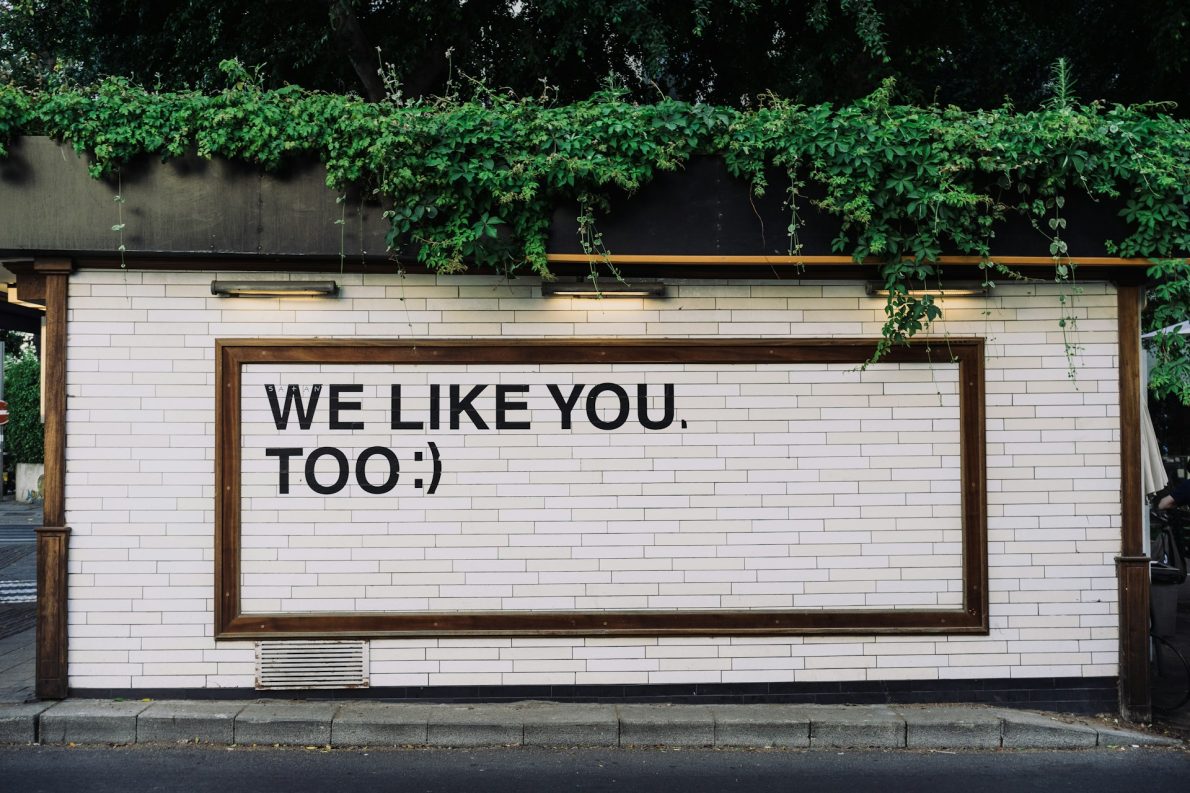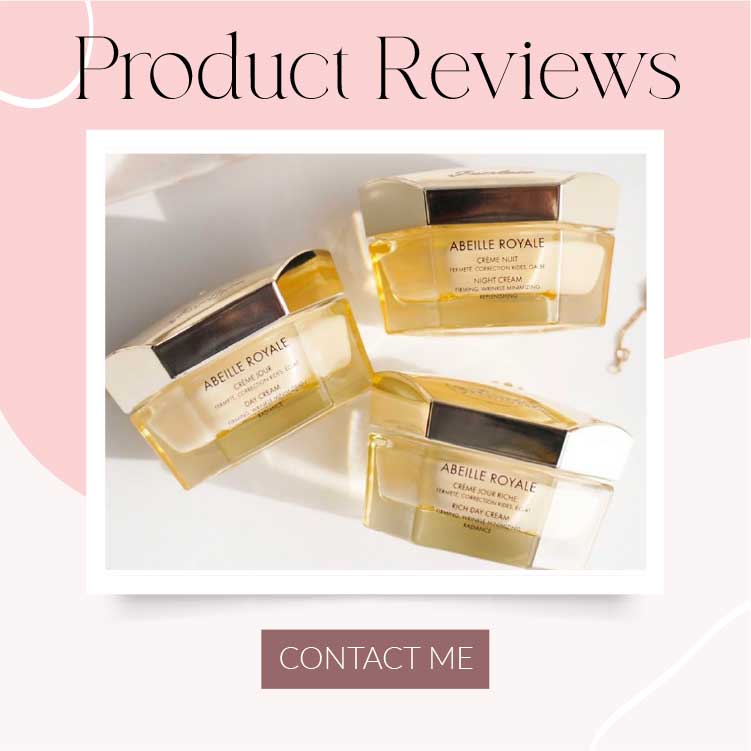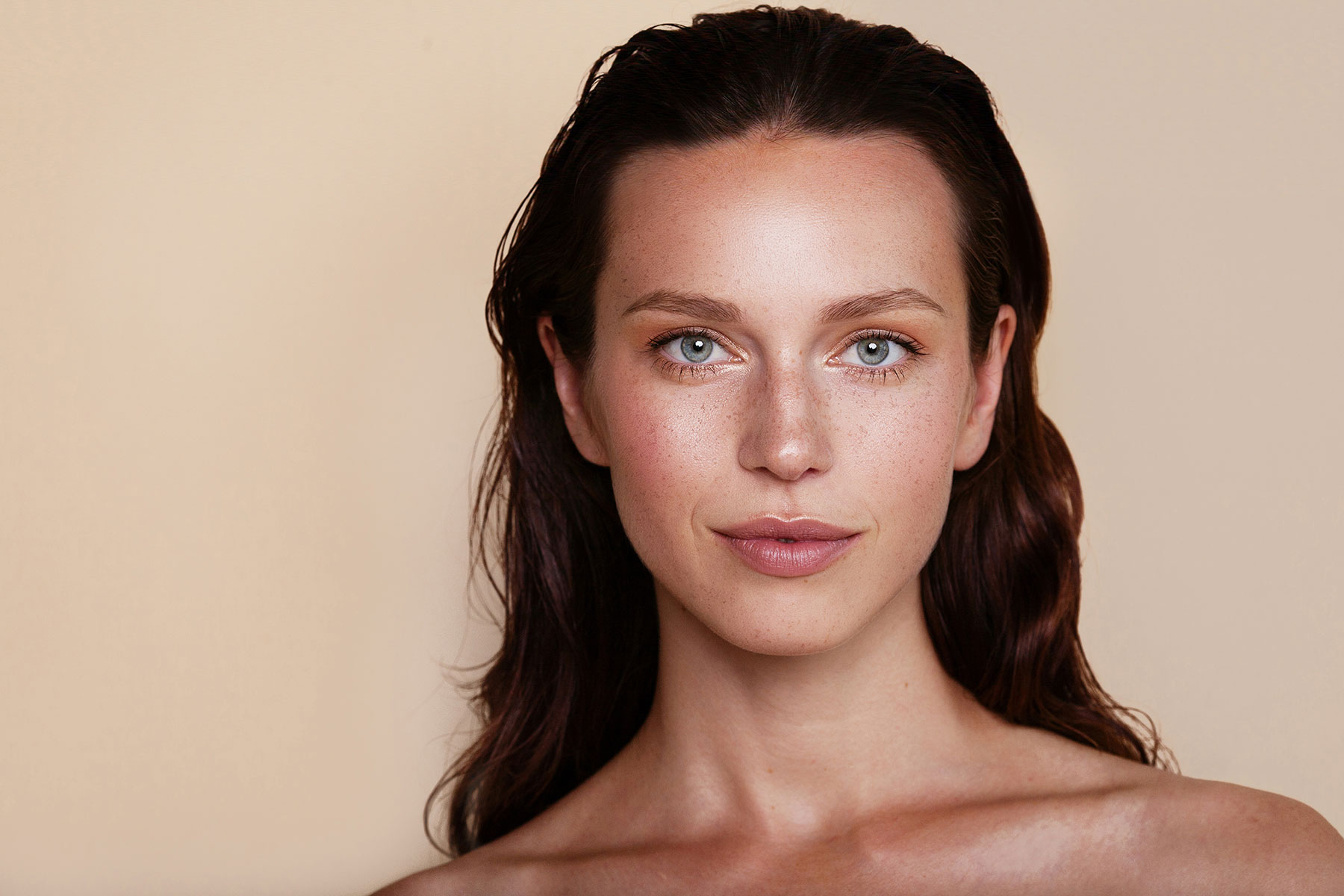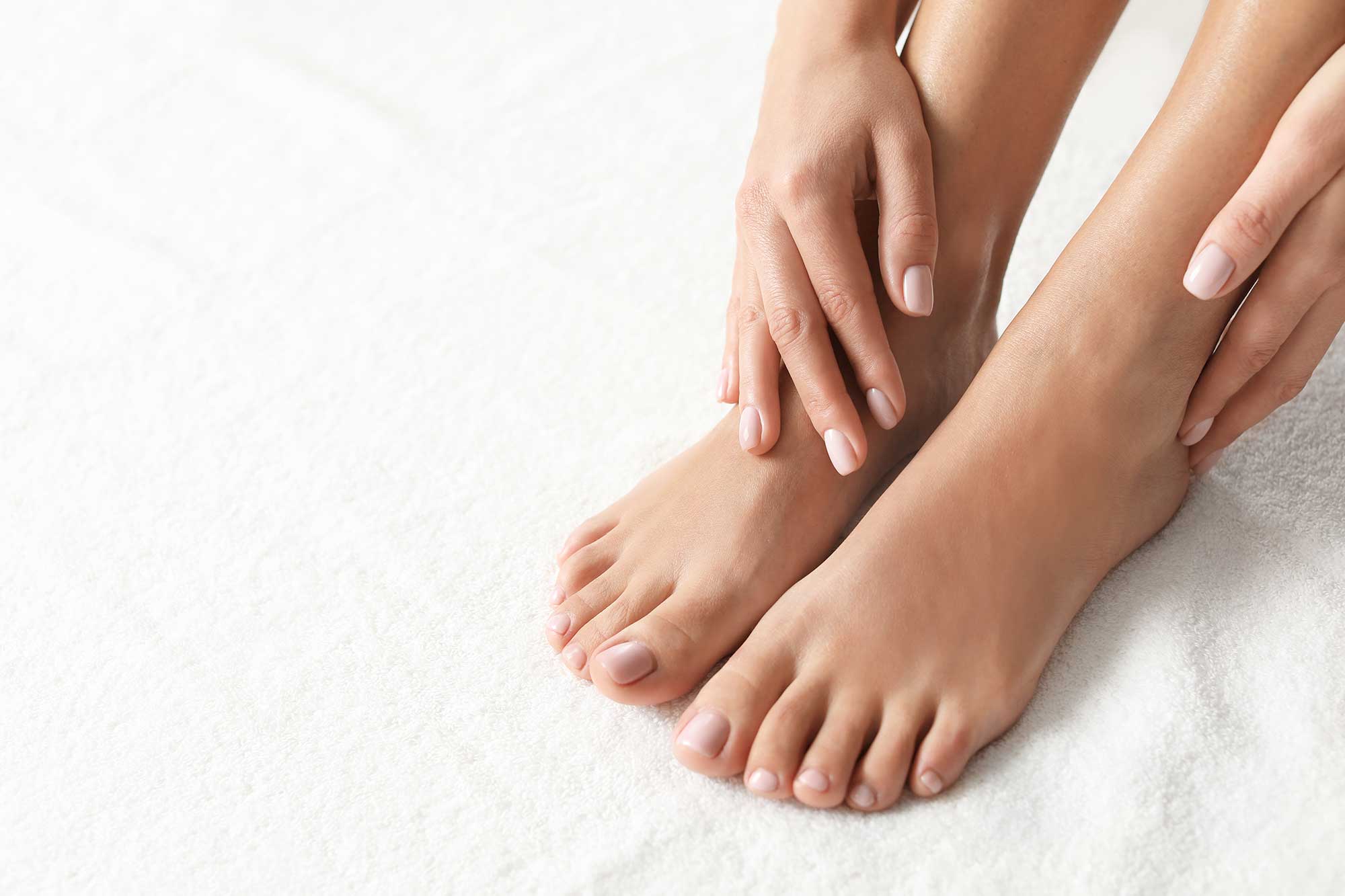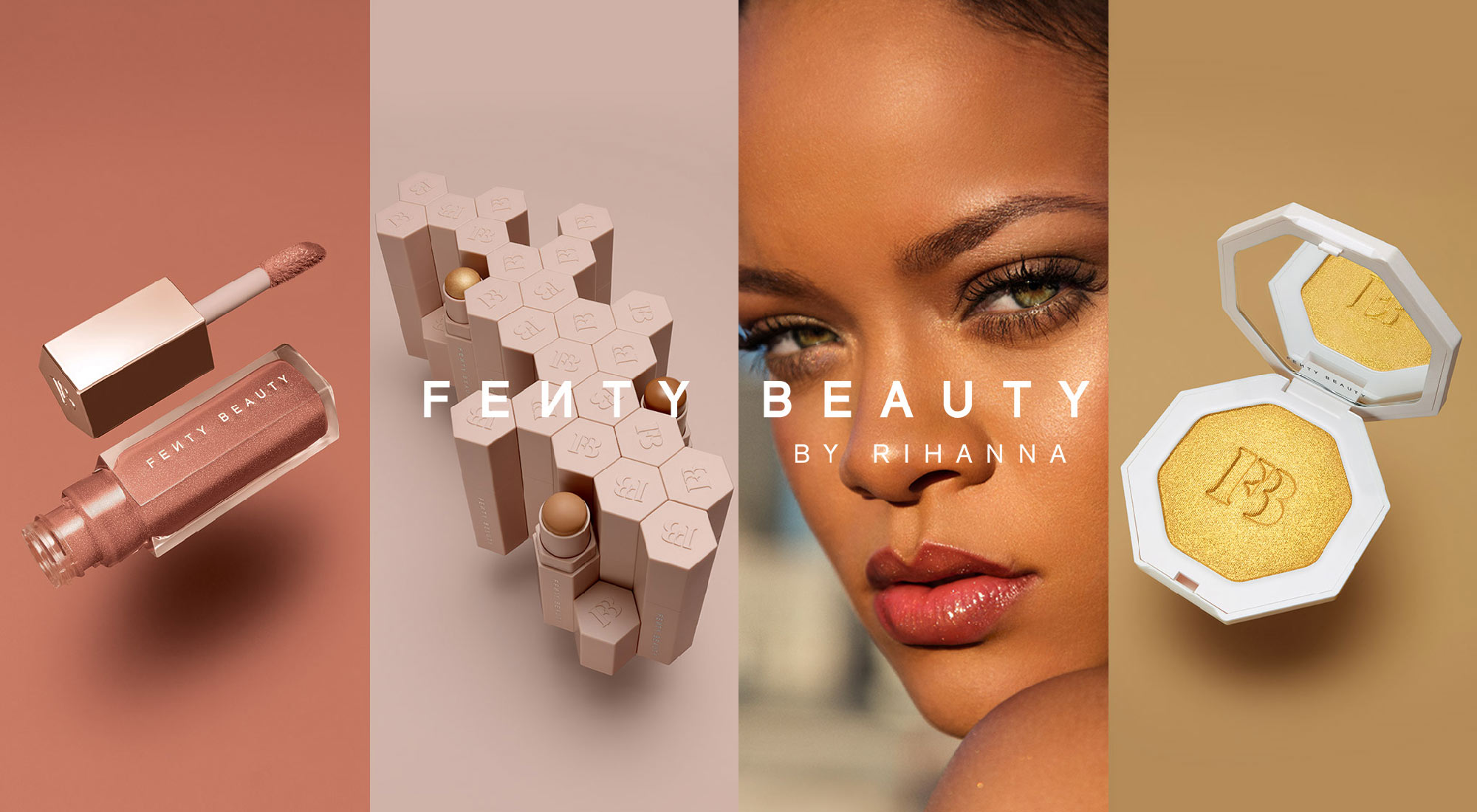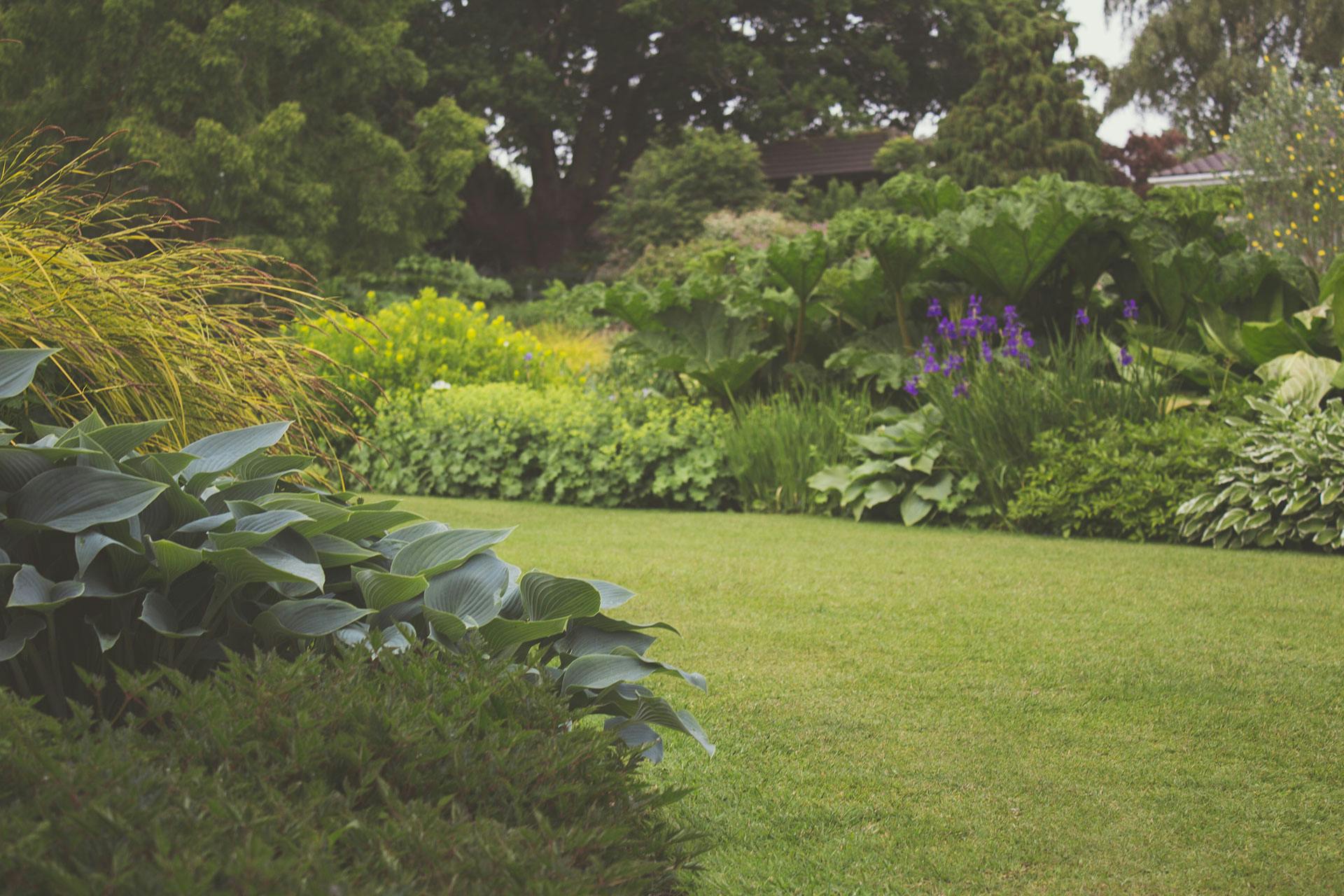If you think about it, humans have always been drawn to things that are considered aesthetically pleasing. Just think about the Roman Empire and its statues, the Renaissance and the art that came from it, even just architecture from centuries ago up until now. Aesthetics are everywhere, and they make people happy. In fact, Gen Z seems to pay the most attention to aesthetics, but of course, Millenials come second in that. Aesthetics are everywhere, and the demand for everything to be visually appealing is only getting stronger.
Since it’s getting stronger, businesses basically need to do what they can to make anything and everything within their brand appear visually appealing rather than sloppy. You wouldn’t host a business event that came off sloppy, right? Well, think about your marketing like that.
Business events are marketing, just more in person, but when you’re marketing from a distance, such as through copy, video, or just general social media content, even these need to appear aesthetically pleasing and not sloppy. So, why does this actually matter? Why this mega emphasis on all of it? Well, here’s why!
It’s an Obligation for Capturing Audience Attention
It’s not really a surprise that you just need to do what you can to capture audience attention in marketing; if you can’t do that, your product or service can’t sell; that’s an obvious fact. But its aesthetics are really taking it up a whole other notch. So, aesthetically pleasing visuals have the power to stop viewers in their tracks, enticing them to explore further and engage with your content.
Sometimes, it can literally stop them in their tracks; other times, it can make them stop scrolling and just look at what you have to offer. Again, it’s up to you how you’re going to create this aesthetic content, whether it’s a striking image, an eye-catching video, or a beautifully designed website. But in general, you need to understand that aesthetics serve as a gateway to draw audiences into your brand story and message.
People Will Want Your Products
When it comes to branded merchandise, some businesses intentionally put their brand on merchandise like tote bags, shirts, and even sticky notes. It takes a while to reach a level where people will want to buy those branded products. Digital creators and clothing brands usually do this.
But when it comes to giving them out as freebies—something that’s extremely common for businesses to do during trade shows and other events—it’s the aesthetics that will make people actively want your stuff.
No one wants your stickers, notebooks, pens, or whatever if it’s just a boring logo on it. There needs to be some sort of aesthetic value to it so people will want to have it and will even want to show it off. You want people to want your products, whether you’re giving them away for free or not, and the power of aesthetics will have people wanting them.
It’s Easier to Convey Brand Identity
If you want to ensure that you’re targeting the right audience, you need to help them by conveying your brand and aesthetics, which makes it easier. In general, visual aesthetics play a crucial role in conveying brand identity, personality, and values to consumers.
So, every aspect of design – from colour schemes and typography to imagery and layout – communicates subtle cues about a brand’s character and ethos. It’s a nice way to signal what your brand is all about, and eventually, the right people and the right audience will pursue it.
One of the Best Ways to Differentiate from Competitors
As you probably already know, differentiation is key to standing out and capturing market share. Even if other businesses are selling the same product and service as you and are within the same industry, you can still stand out. No, it doesn’t have to be through prices, either. Honestly, your best weapon would be using aesthetics. But why?
Well, aesthetics offer businesses a powerful tool for differentiation, allowing them to carve out a unique identity and position themselves apart from competitors. Think about luxury brands, for instance, they all sell similar items for a similar price, but each has its own aesthetic. For example, Gucci has a bit of an edge, while Chanel has some old-timey classiness tied to it. This is merely an example, but it does show that the aesthetic and overall atmosphere you’re trying to give off for your brand can make things the best.
At the end of the day, yes, aesthetics do matter, and no matter what you’re selling, aesthetics alone can truly propel your business exactly where you want it to be. Sure, there’s a bit of art to it all, but it’s not hard to achieve or anything like that.

